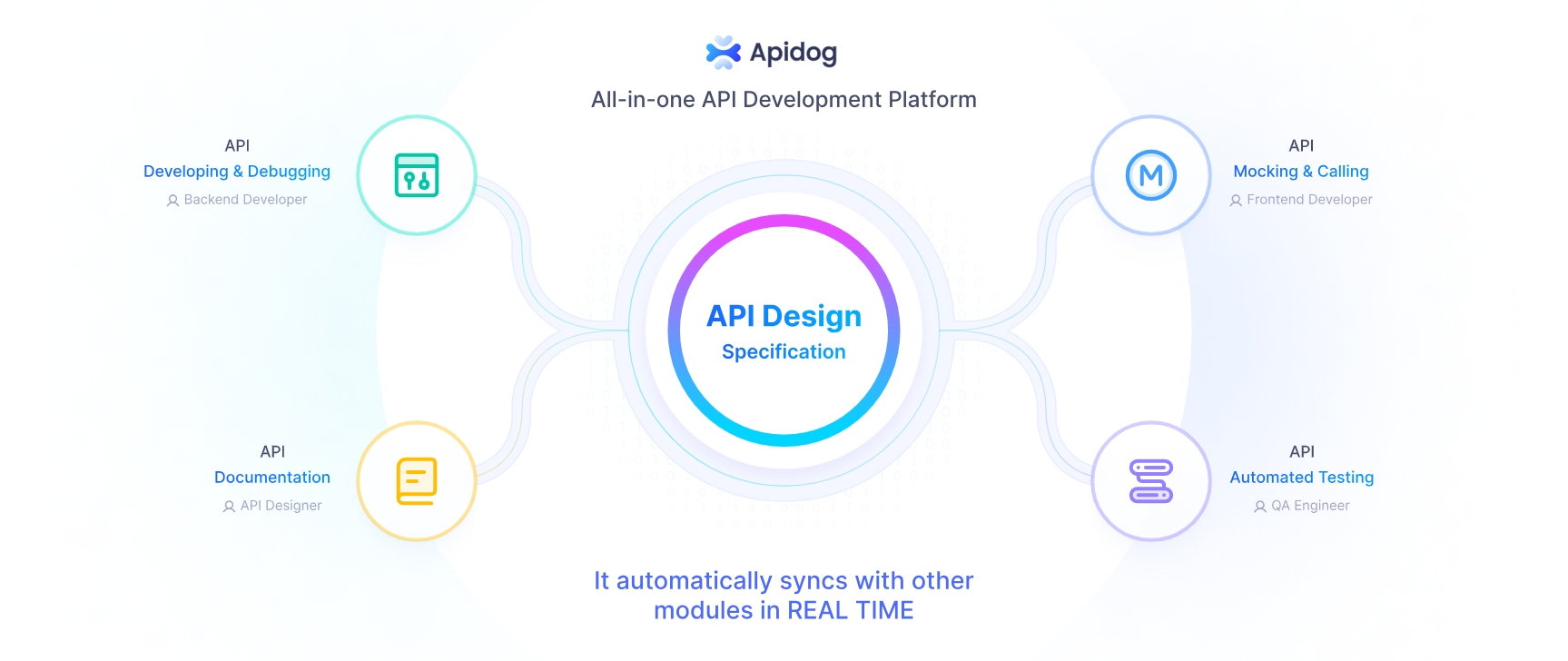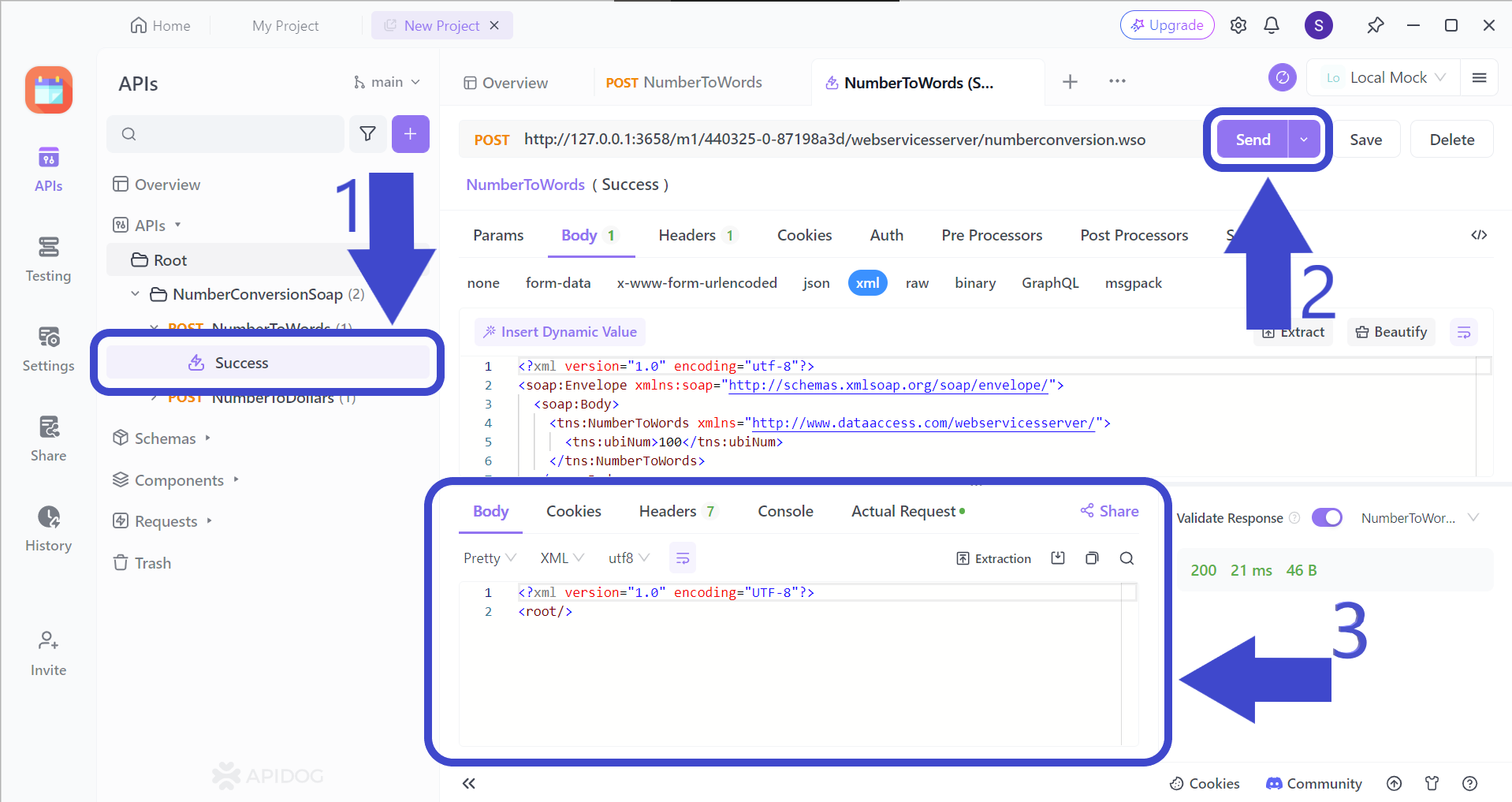REST API URLs are important components in web services. Without them, it would be hard for websites to locate resources within collections. Essentially, they allow websites to change their displays according to their users' wishes.
By facilitating services for the entire API lifecycle, Apidog is a suitable API platform choice for a web developer searching for an all-in-one solution for their API development processes. Let's try out Apidog today! 👇
To have a solid understanding of how to pass multiple parameters in a REST API URL, let us first understand the premise of this question.
What is a Parameter?
Parameters are segments of information fitted into a URL that provides additional details regarding a requested resource or action. It can also be considered an extra layer of filter for web pages.
Where are Parameters Used?
There are many real-life situations where parameters are passed in REST API URLs. These are a few of the main scenarios where you can easily spot parameters in action:
- REST APIs: Parameters specify resource variations, filter data, or control actions.
- Search engines: Parameters are used to refine search queries or track referrals.
- E-commerce sites: To filter products, manage shopping carts, or track campaigns.
- Social media platforms: To personalize content or trigger specific actions.

Common Parameter Types to Pass Parameters in REST API URLs
Typically, there are two types of parameters that we can use to pass in REST API URLs.
Query Parameters
Query parameters are the type of parameters that are added after the question mark ( ? ). Usually, query parameters come in a key-value pair that is separated by an equal sign ( = ), and each key-value pair is joined together by an ampersand ( & ).
A REST API URL where you can observe a query parameter being passed into is:
https://api.example.com/users?id=123&name=John%20Appleseed
The key-value parameter pairs that we can see are:
idwith a value of123.namewith a value ofJohn Appleseed.
Path Parameters
Path parameters are another type of URL parameter that is commonly passed in REST APU URLs. These are used to identify and access specific resources within that system.
The appearance and structure of path parameters are different from query parameters, and their functions are also slightly different. Path parameters are more likely used to uniquely identify a specific resource within a collection.
An example of a path parameter would be:
With placeholder: https://api.example.com/blog/posts/{post_id}
Without placeholder: https://api.example.com/blog/posts/123
As we can observe, the path parameter utilizes the placeholder structure (in this example it is {post_id}), where the actual value is replaced.
You can even put together multiple path parameters to identify more specific resources in your system. A more complex example for passing parameters in a REST API URL would be:
https://api.example.com/users/{user_id}/posts/{post_id}
As long as you have actual existing values to replace the placeholders found on the URL, you can change the display of your website. If you noticed, using path parameters produces easier-to-read REST API URLs too.
Steps to Take For Passing Parameters in REST API URL
Take some time to consider what the REST API URL is used for, or how you would like to craft your REST API URL, as different websites tend to have different needs, therefore you may end up preferring one type of parameter over the other.
If you are planning to build a more dynamic website, or that your parameters are optional most of the time, then you may consider using query parameters.
However, you should go for path parameters if you find yourself constantly needing to address these parameters to access certain resources from your system.
On top of that, you should familiarize yourself with the best practices for crafting REST API URLs, as there are a few pointers that you may not know or have not heard of before.
Apidog - REST API Development Platform
Apidog is a design-first API development platform with an elegant and clean UI. Its straightforward and clear interface allows easy navigation and API modification wherever necessary.

Apidog is also capable of importing REST APIs, modifying REST API URLs, and testing the URLs. To learn how to operate Apidog to modify your REST API, continue reading the section below.
Configuring REST API URLs, Methods, and Endpoints Using Apidog

You can build your very own APIs using Apidog, as well as put into practice what you have learned about passing multiple parameters in REST API URLs!
Arrow 1 - You can begin by crafting a REST API URL for your request. Make sure that there are no typos so that you can receive a response! You can also determine how many parameters, and what type of parameters you would like to include.
Arrow 2 - Decide what REST API method you want. The most common methods are specifically GET, POST, PUT, and DELETE. However, note that each method may require parameters and IDs in the URL.
Arrow 3 - Explain the REST API details thoroughly by including the request parameters, response parameters, and example responses below. It is strongly recommended to have everything filled as every variable will be included in the API documentation.
Testing API Endpoints (or API URLs) with Apidog
After creating your REST API, you can test to see if the REST API URL that you craft is successful or not. You should be able to see your screen with something similar to the image below:

Apidog supports the testing of most kinds of API endpoints, including SOAP and GraphQL APIs. (In the picture above, the API shown is a SOAP API.)
Firstly, select your REST APIs' requests available on the right side of the screen, as shown by Arrow 1.
Then, you can send the request by clicking on the button pointed out by Arrow 2, but ensure that you have either selected the right environment or included the correct request API URL.
Finally, head to the response section to see the response received after sending the request, and check if it is the same as what is expected.
Conclusion
Passing multiple parameters in a REST API URL will become a common part of your web development process. As your website and database grows, so will the length and complexity of your REST API URL, therefore it is never too early to begin familiarizing yourself with such a concept.
If you ever need an API development platform to practice crafting REST API URLs with multiple parameters, you can always consider using Apidog. Apidog also facilitates various modifications and specifications for an entire API's lifecycle, so go give it a try now!




